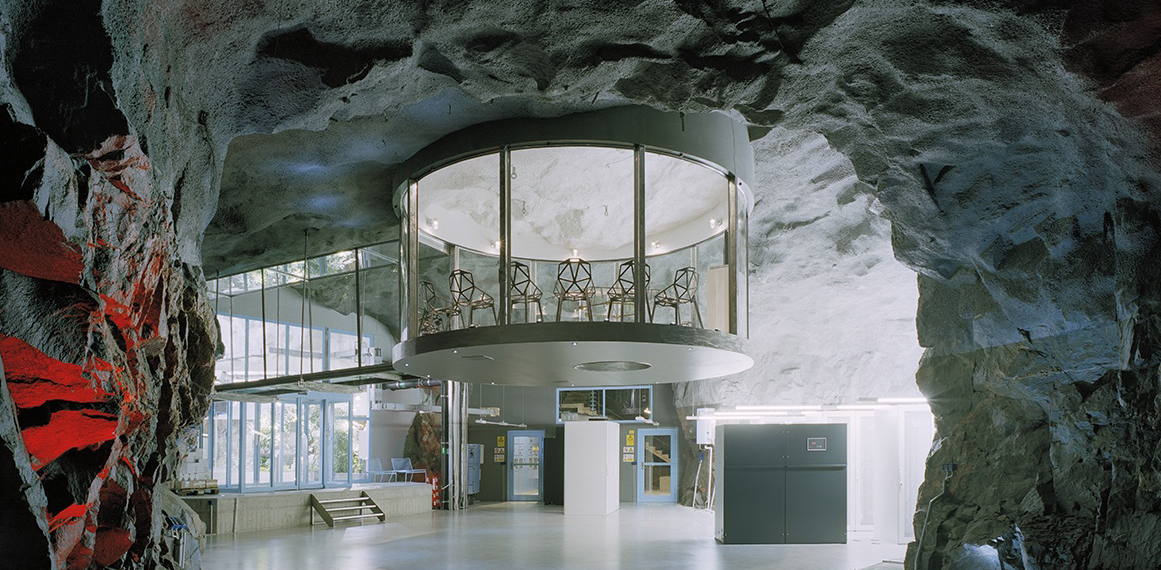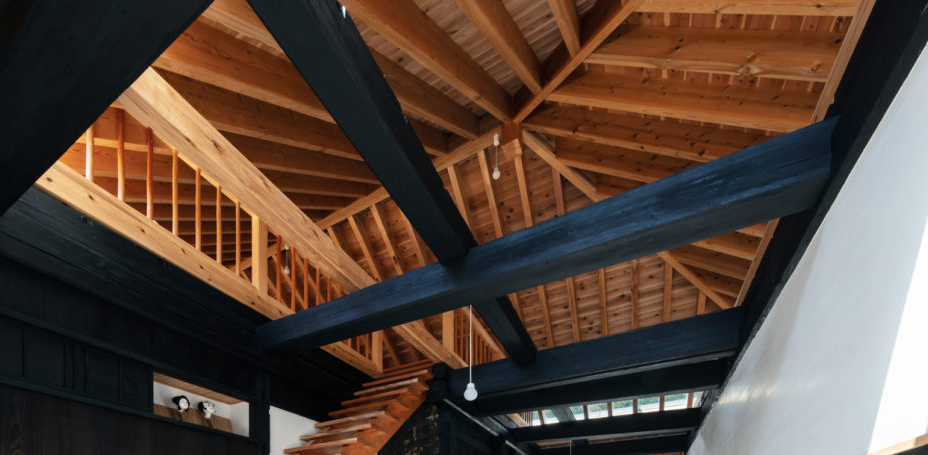The latest edition of “Architizer: The World’s Best Architecture” — a stunning, hardbound book celebrating the most inspiring contemporary architecture from around the globe — is now available for pre-order. Secure your copy today.
Architizer’s A+Awards was founded over a decade ago to break architecture out of its echo chamber. Back then, most awards programs focused on celebrating a single architect, who was often well-known for creating big-ticket designs. By offering awards for all architectural typologies, as well as an array of “Plus” categories that reward masterful use of materials and details, the A+Awards has always championed innovation at all levels of building design. By annually updating these categories, Architizer articulates crucial shifts in the profession, ensuring that those thought leaders at the forefront of cutting-edge design practice always have the best shot at a place in the limelight.
Architizer’s Future Fest lecture series was a special chance to hear from many A+Awards-winning architects, who took the stage to share their feelings, predictions and beliefs about the future of architecture. The architectural community is constantly evolving, and so are the practices and trends that drive the industry’s tenor. Many of the speakers not only predicted the future of architecture but also foreshadowed some of the newest A+Awards Categories.
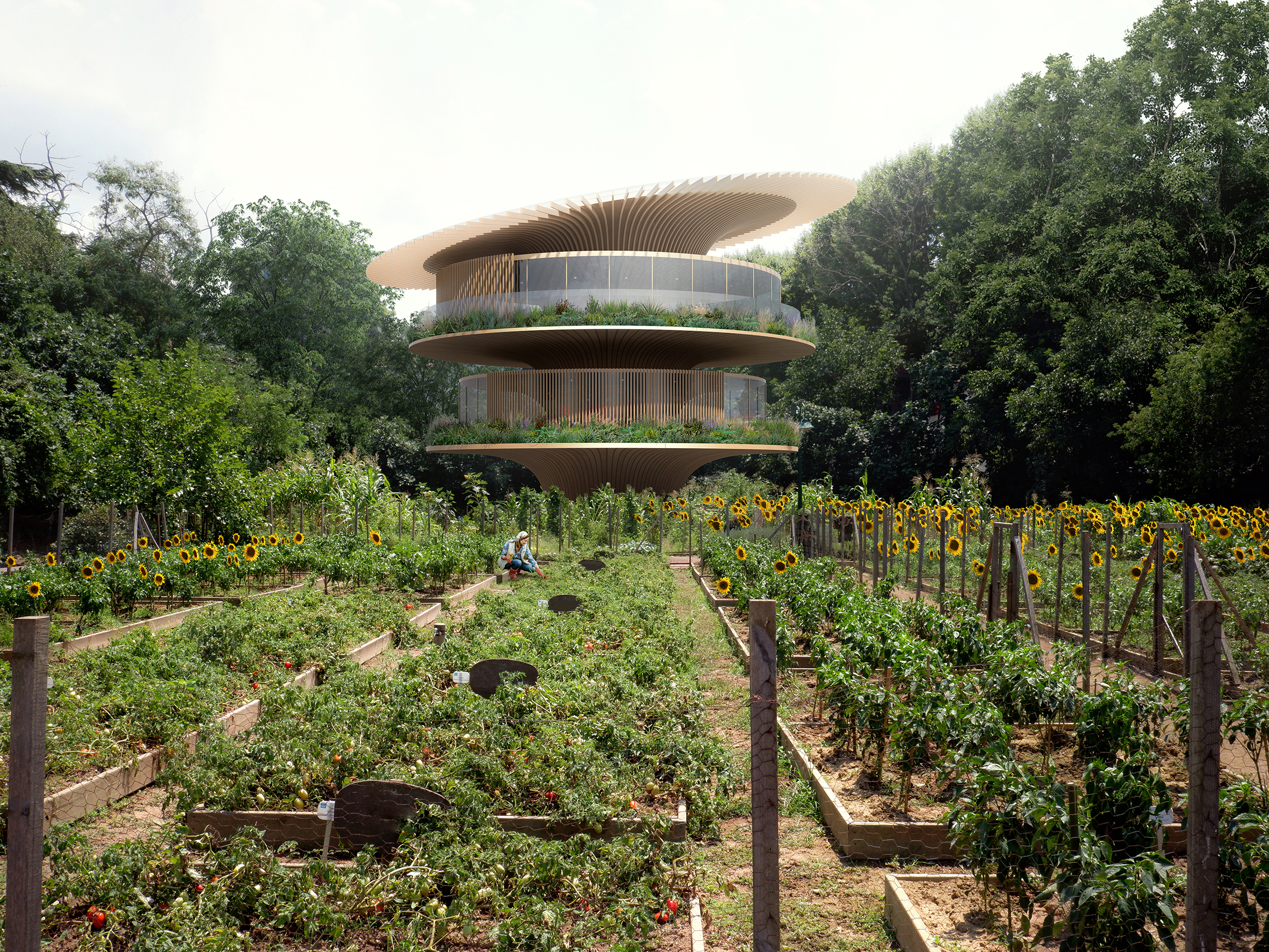
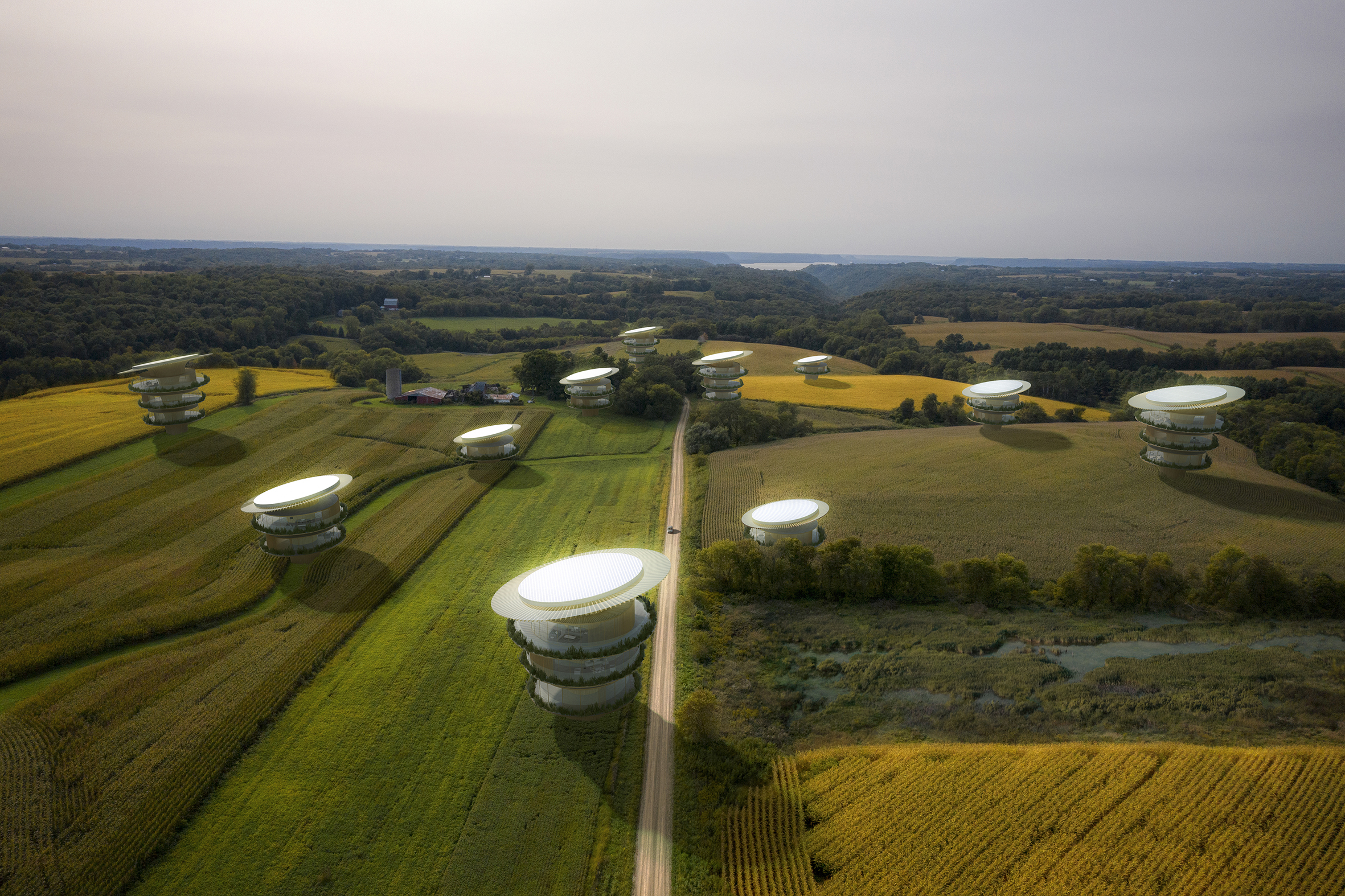
Sunflower House by KOICHI TAKADA ARCHITECTS, Concept, Le Marche, Italy.
Koichi Takada, founder of KOICHI TAKADA ARCHITECTS shared his firm’s concept for Sunflower House. This inventive design seeks to answer the question, “can artificial creations perform like nature?” Designed for Le Marche, Italy, a region known for its rolling farmlands filled with sunflower fields, the premise of the design is to harness the sun just like a sunflower would. Each room is designed to rotate depending on the desired sun exposure. The rotating feature help to either maximize or minimize heat transfer, depending on the time of year. On a cold winter’s day, the dweller can rotate the room towards the sun, and on a scorching summer afternoon, the room can be rotated away from the sun. By maximizing the sun’s exposure, this site increases energy production by 40% and truly exemplifies an innovative idea — mimicking the transformation of a living organism in the built environment.
Moreover, Wandile Mthiyane, director of the Ubuntu Design Group, shed light on an up-and-coming building material that will surely change the future built landscape. Hempcrete is a biocomposite building material that demonstrates the same benefits of concrete, however yields a lower energy consumption. Hempcrete is lightweight, is easy to work with and has very good insulation properties.
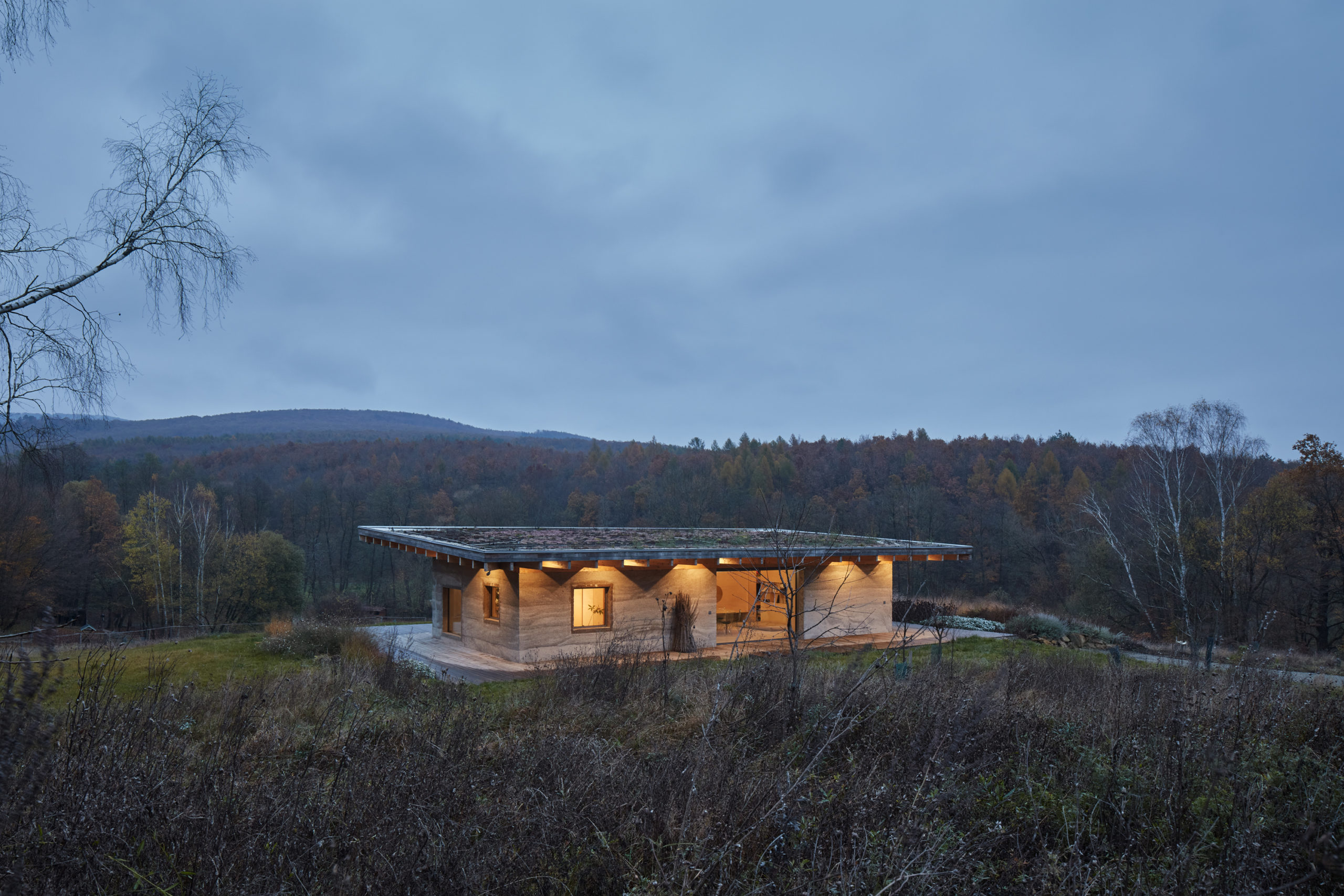
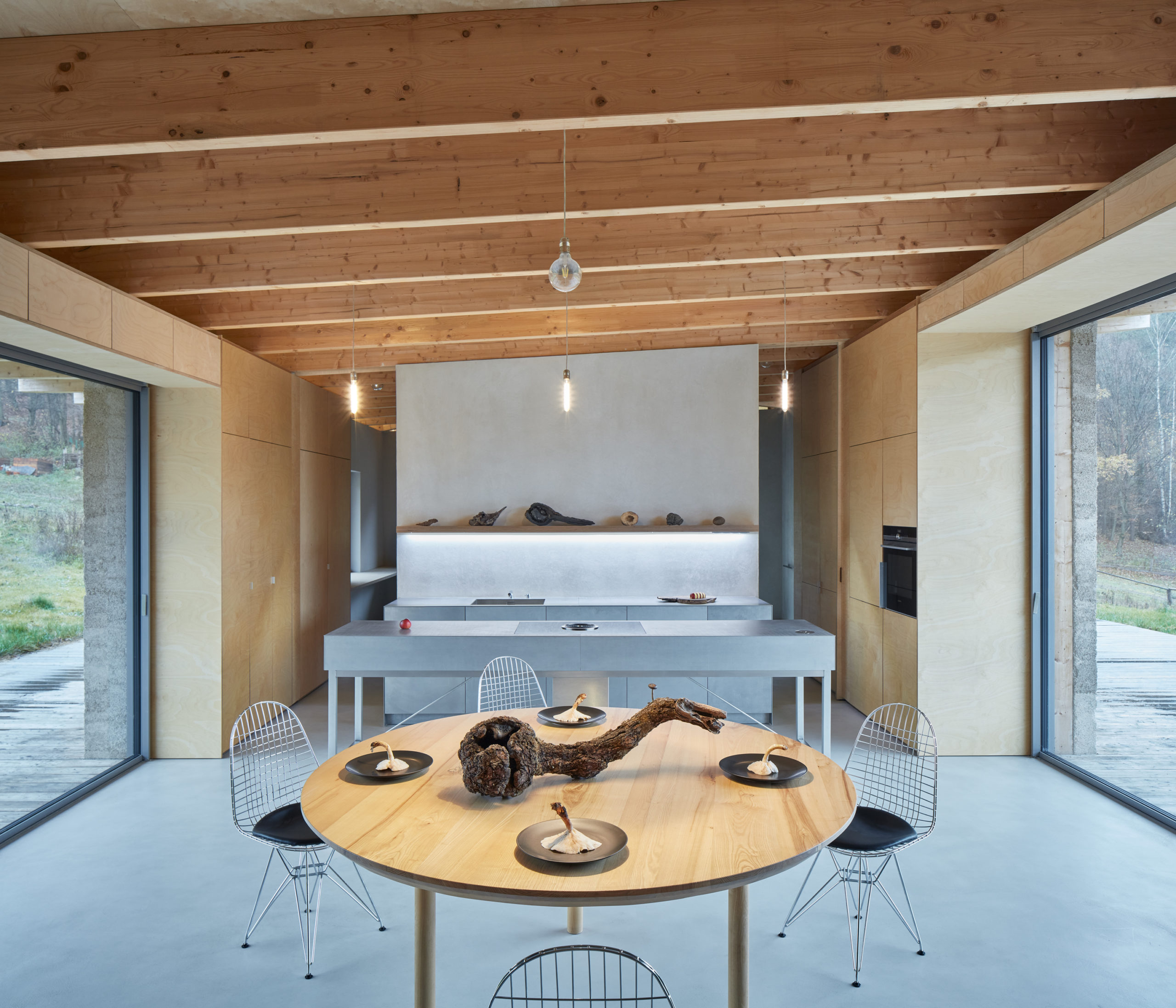
House Lo by Atelier Lina Bellovicova, Czechia. Project of the Year, 9th Annual A+Awards, Project Of The Year; Jury Winner, 9th Annual A+Awards, Private House (XS < 1,000 sq ft); Jury Winner, 9th Annual A+Awards, Architecture +New Materials.
Imaginative projects such as Sunflower House and innovative materials such as hempcrete really speak to this innovative green thinking at the heart of this year’s new A+Awards Sustainability Categories, celebrating those projects that are contributing to a more sustainable, equitable, and resilient built environment. Architizer has collaborated with leading sustainability experts to create criteria for these categories. We define a “sustainable” building as one that incorporates sustainable systems, healthy or climate positive materials, and ethical building practices into its design, construction and maintenance.
The rapid development of the metaverse is continuing to shape the architectural industry. Though it remains controversial, there are many compelling arguments for architects to harness the metaverse a guiding principle, sharing platform and collaborative tool for designers. Indeed, the idea of leveraging this virtual space is becoming increasingly popular amongst industry professionals. With the metaverse taking center stage, the A+Awards new Architecture + Metaverse category feels like an appropriate addition to this year’s awards list. This category celebrates all metaverse-based designs — from concepts to fully-developed structures.
Yet, the metaverse is not the only digital practice that promises to disrupt common practices in the industry today. Many Future Fest speakers espoused the merits of utilizing tools such as AR and AI to optimize a design’s potential. Some projects featured in Future Fest showcased new ways to build, for example by rethinking traditional materials and approaches in pioneering ways, or incorporating new, experimental or unconventional design concepts. For example, Leslie Lok of HANNAH office shared her firm’s use of AR interfaces as precision tools to spot misalignments, test wind loads and hone in on small details. These types of designs are exactly what the new Architecture +Innovation category was introduced to celebrate. Eligible projects for this category may also involve new design and construction methods such as parametic software, 3D printers, additive manufacturing, drones, robots and more
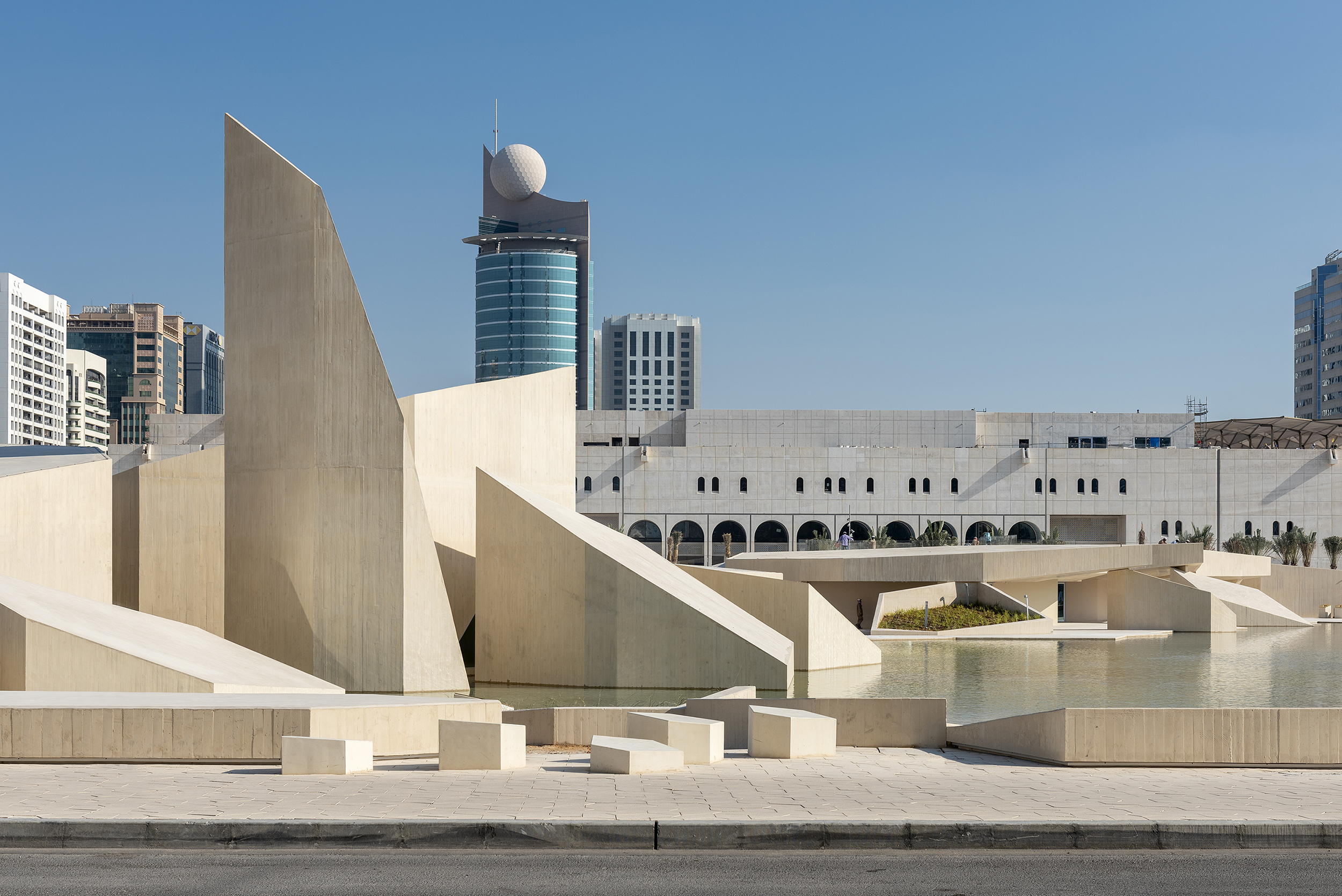
Al Hosn Masterplan and Landscape by CEBRA, Abu Dhabi, United Arab Emirates, 2019. Popular Choice Winner, 10th Annual A+Awards, Urban and Masterplan.
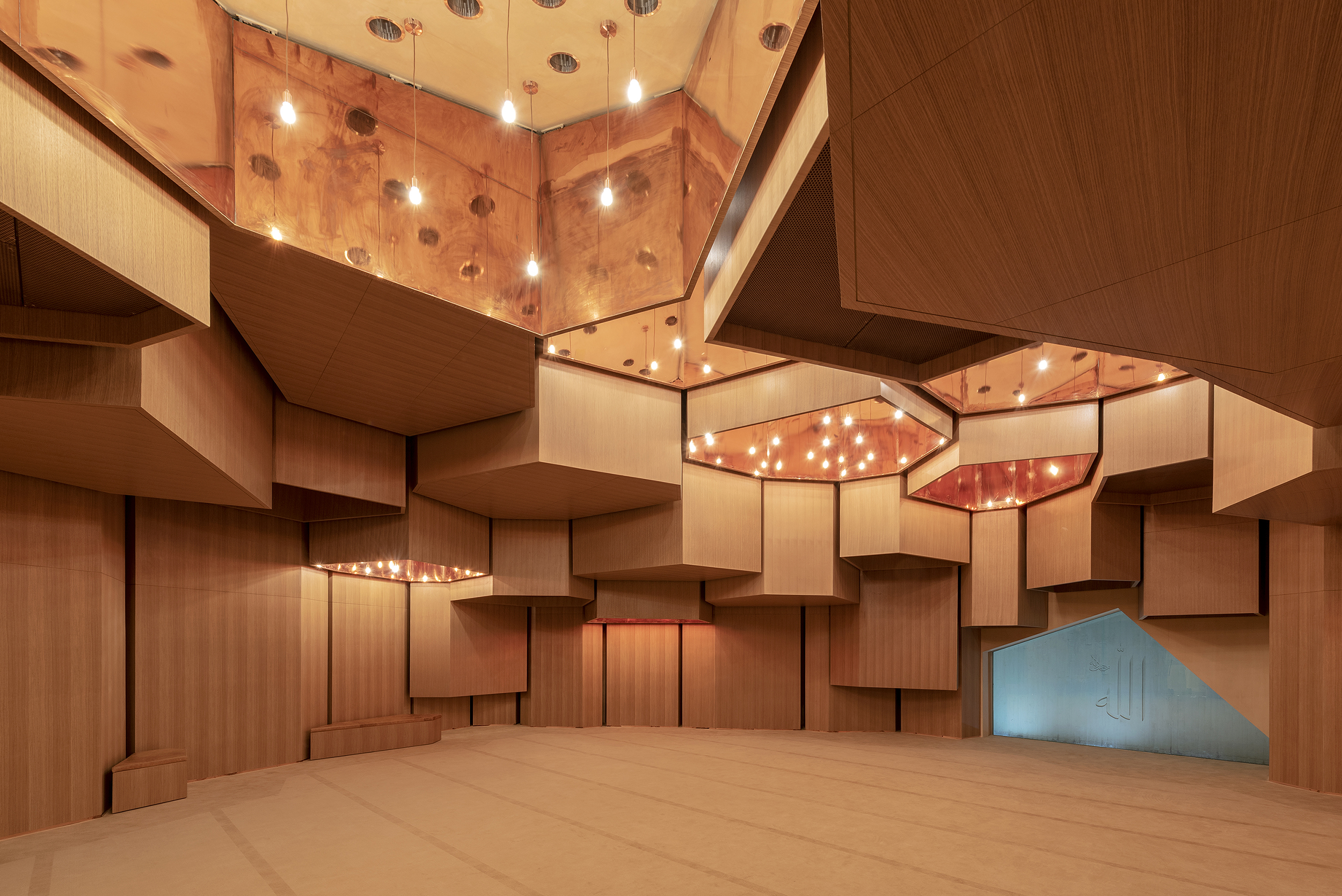
Prayer Hall at the Al Hosn Musallah by CEBRA, Abu Dhabi, United Arab Emirates, 2019.
Teamwork and collaboration is key to any successful design, especially when working in foreign environments. Mikkel Frost from CEBRA shared his team’s work in Abu Dhabi, and how intrinsic collaboration was to winning the design competition and finalizing the construction of the Al Hosn Masterplan. CEBRA’s mission was to reestablish the Qasr Al Hosn fort and its accompanying buildings as the city’s cultural nucleus. The design team erected a master plan that engages the local residents and tourists while respecting the site’s significant history.
The project hence involved extensive collaboration amongst the CEBRA team and local experts. The Danish firm regularly consulted local team members, heavily leaning on their expertise to guide the design process, ensuring the masterplan respects Muslim culture and religion. Thousands of people took part in this project and recognizing the individual strengths of each team member ensured that all expertise were leveraged. Mikkel Frost said it himself, CEBRA won the competition not so much on their design itself, but the team’s ability to work collaboratively and be adaptable: “None of the competitors in the competition actually got it right, we all kind of failed. But the jury felt that we were the team they could work with. So, I think we won the competition not so much on the design itself, but on our approach to working with other people.”
The new A+Awards Architecture + Teamwork category is a perfect opportunity to celebrate notable teamwork and collaboration. Oftentimes, a design is only as successful as the team behind it, and this category is open to any project that was made a reality thanks to teamwork. Whether it be between firms and artisans, consultants, engineers, clients and so on, any project that illustrates creative collaboration is fit to apply.
To learn more and discover this year’s new exciting A+Awards categories, visit the A+Awards Category Directory. To feel inspired by this year’s Future Fest speakers, review a full list of talks with links to their recordings.
The latest edition of “Architizer: The World’s Best Architecture” — a stunning, hardbound book celebrating the most inspiring contemporary architecture from around the globe — is now available for pre-order. Secure your copy today.
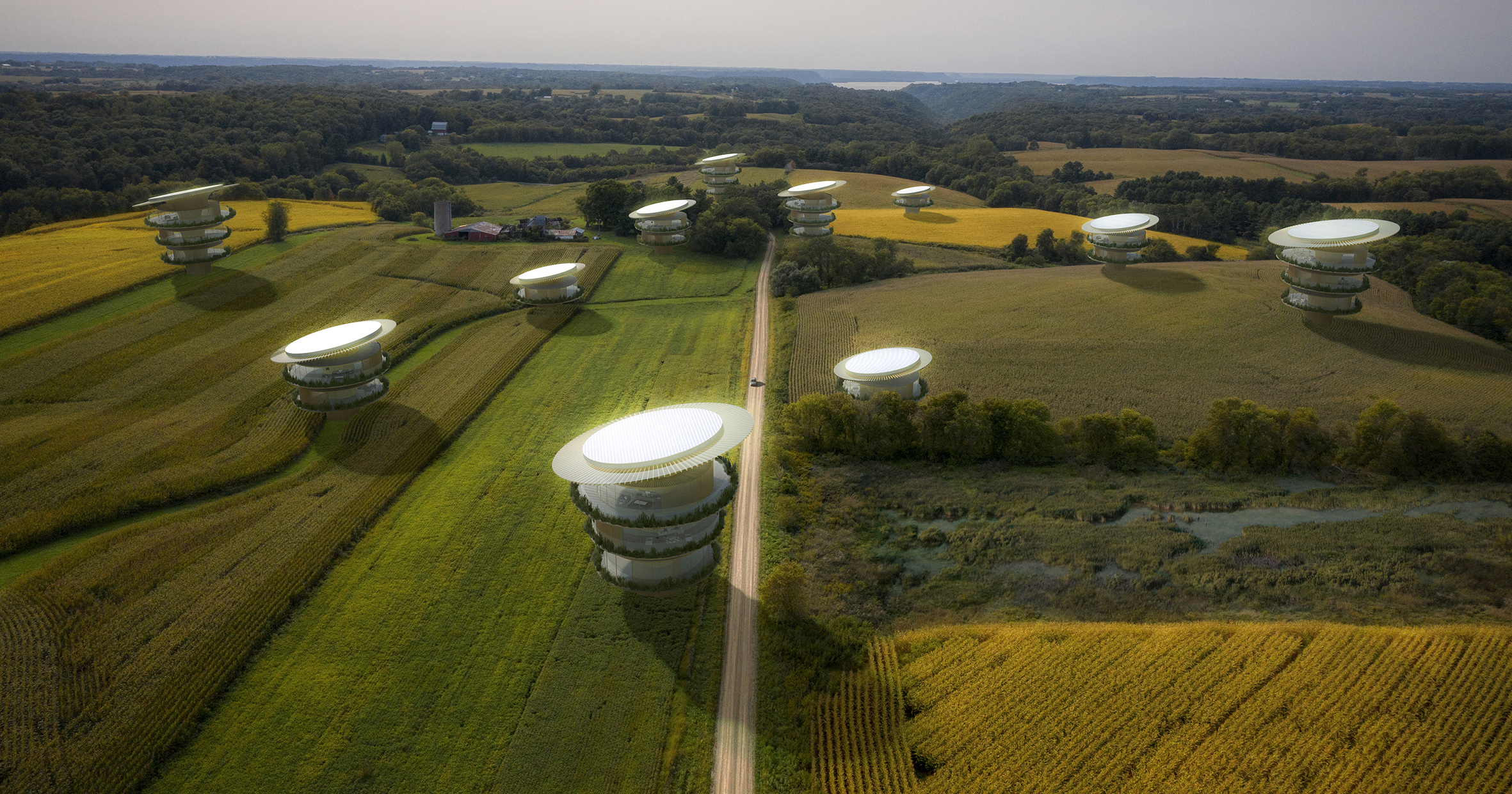
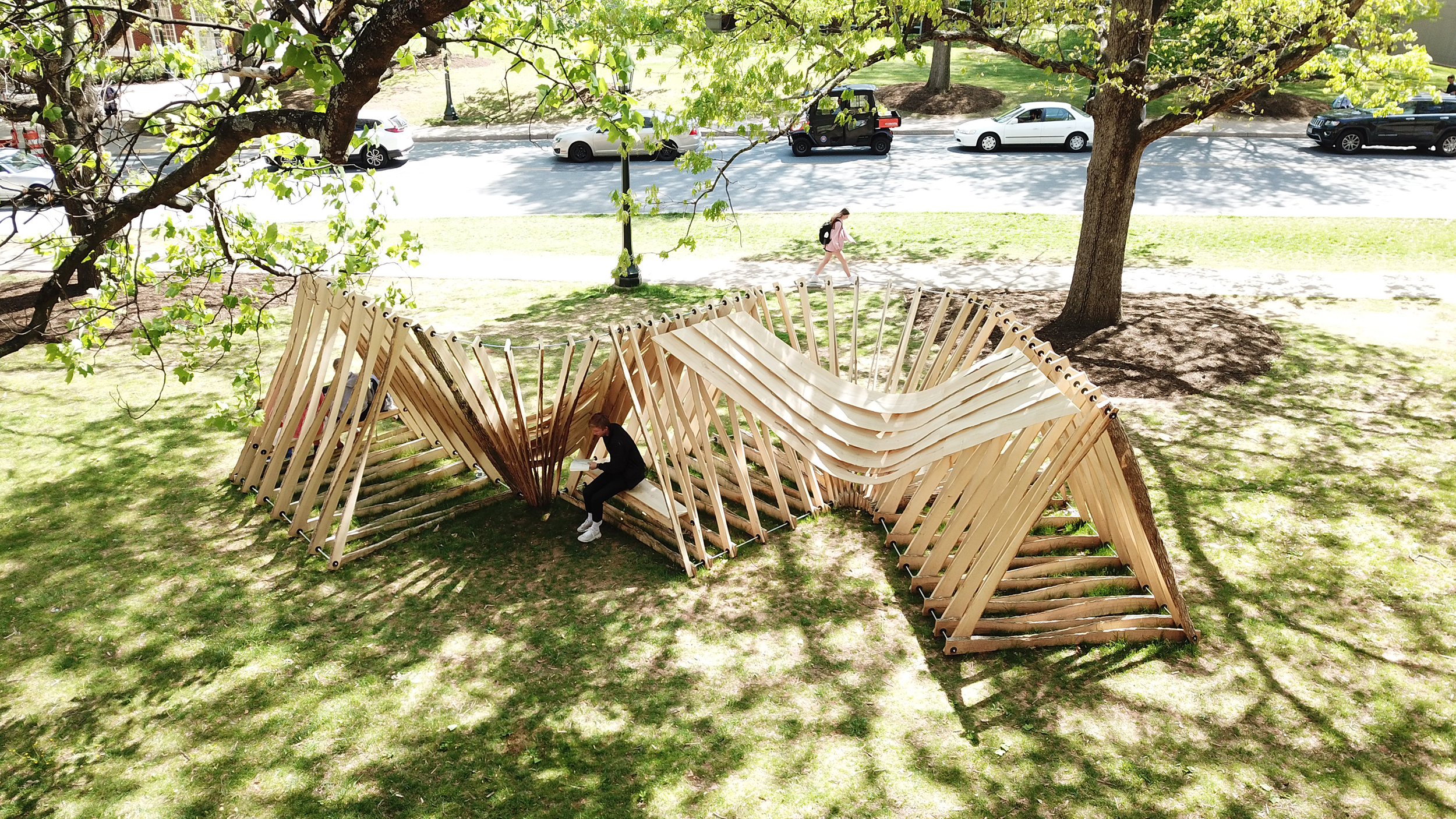
 Sunflower House
Sunflower House 